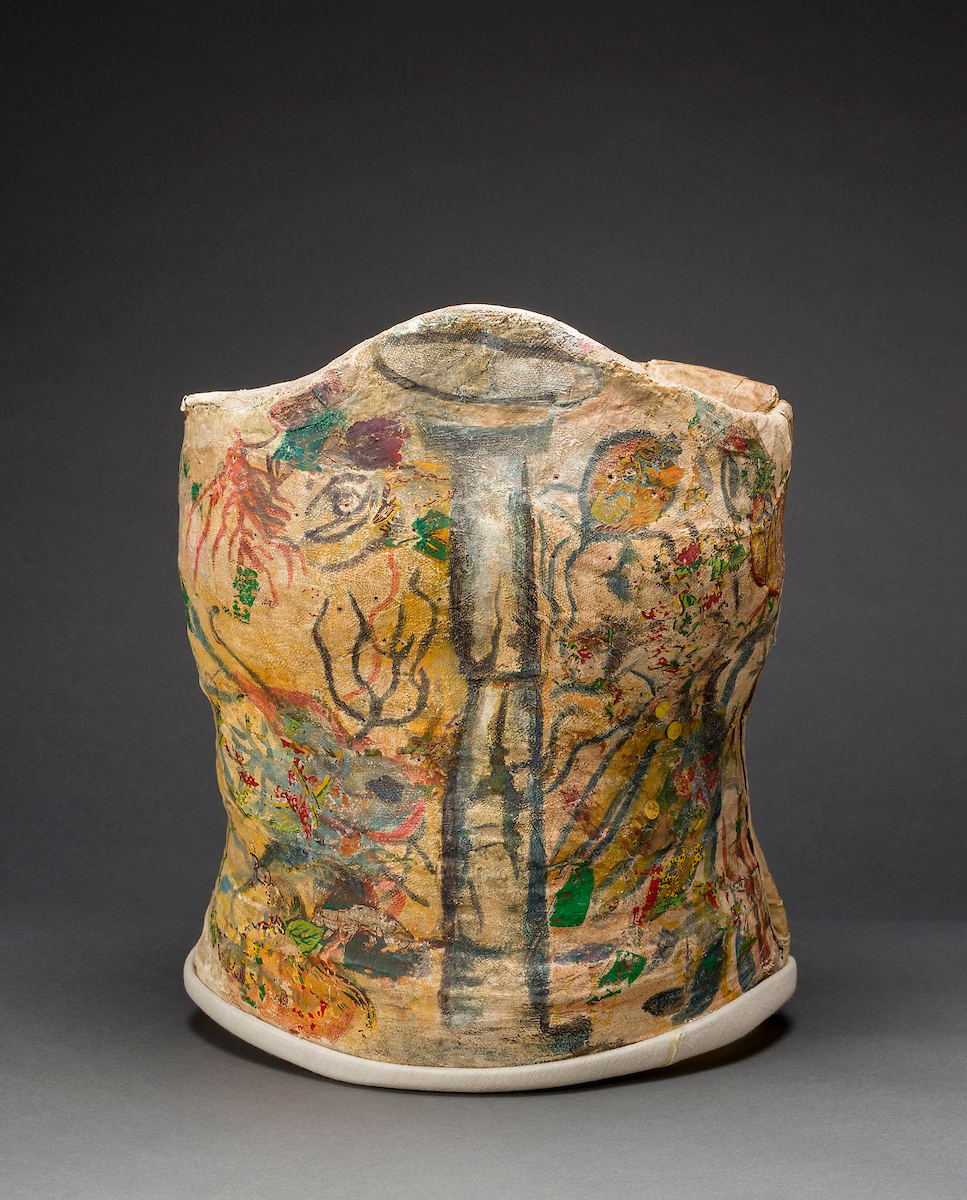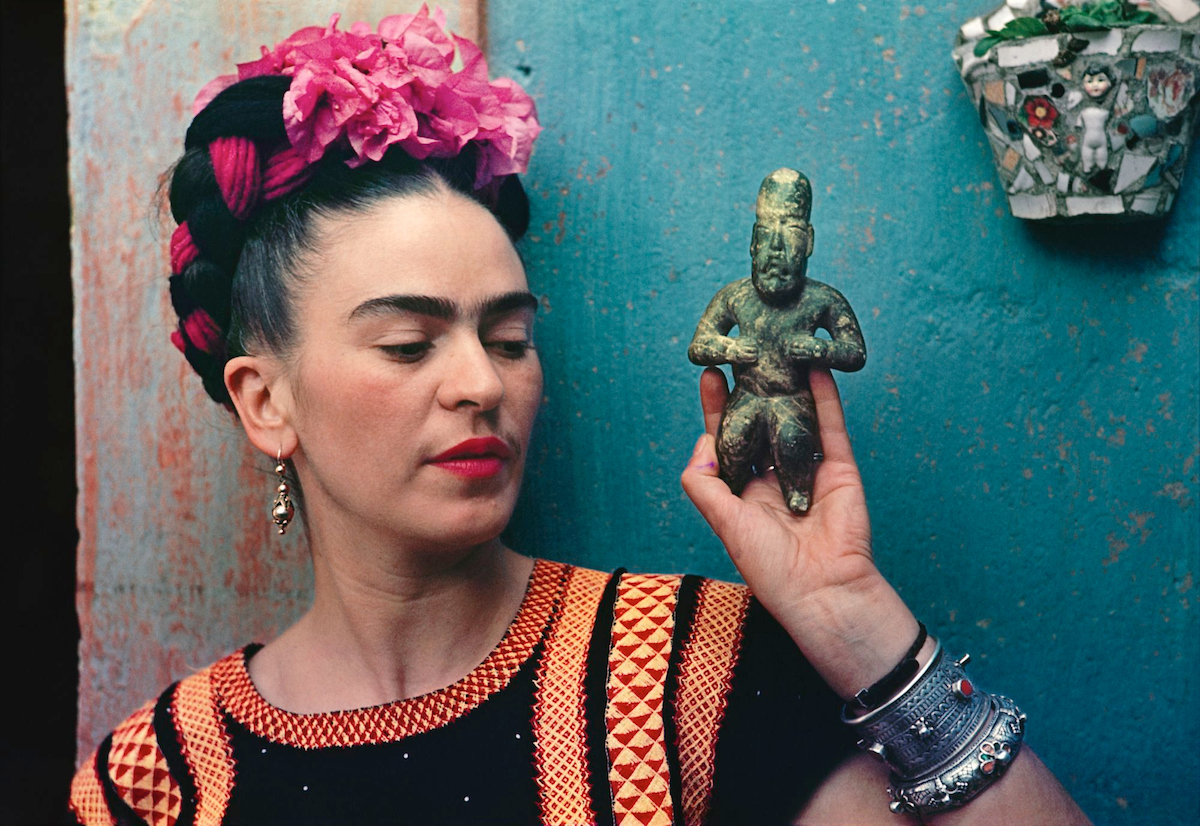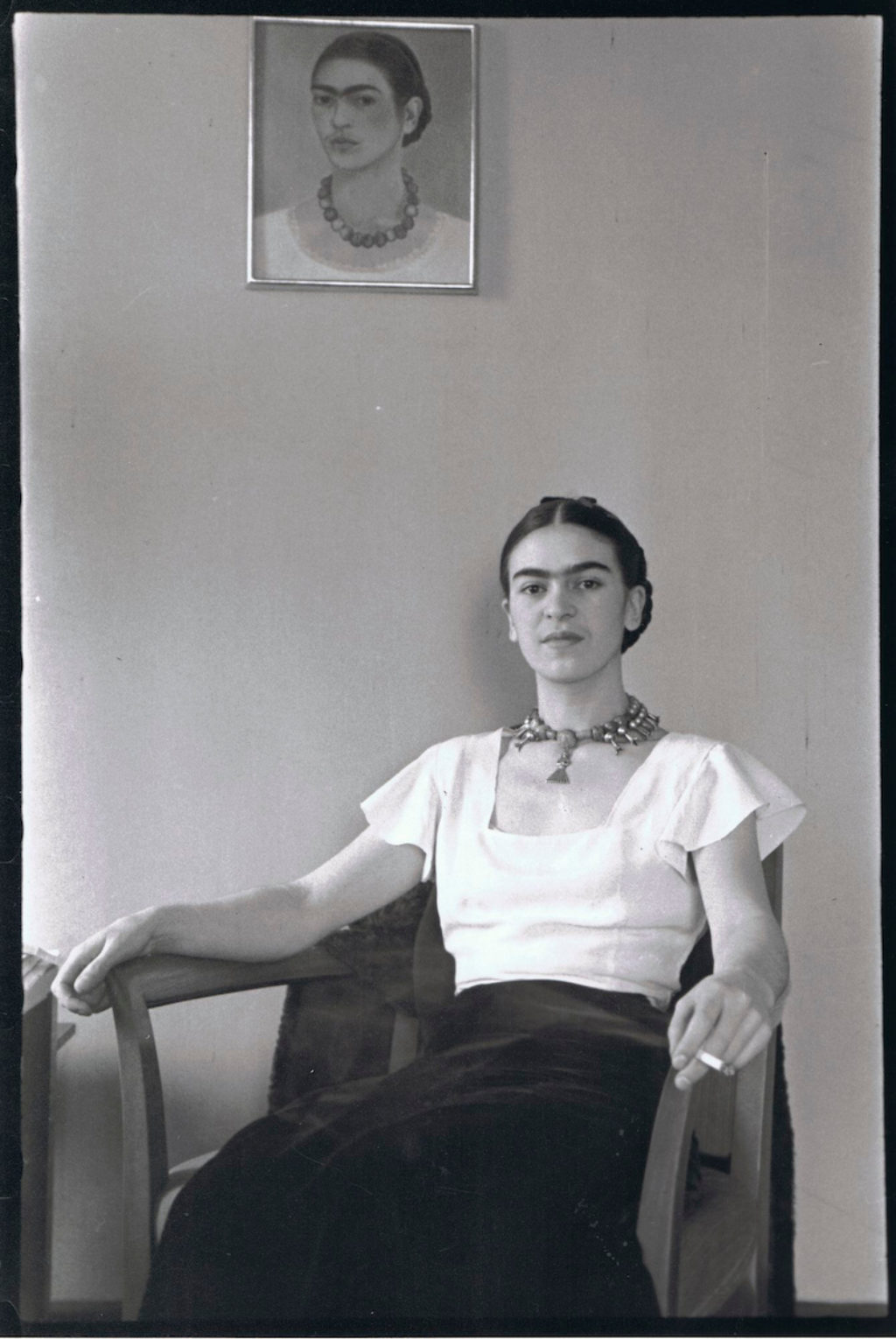Peeling Back the Layers of Frida Kahlo as an Artist, Activist and Person at the Brooklyn Museum

 Hats off to the Brooklyn Museum curatorial team: the title of the new Frida Kahlo show, “Appearances Can Be Deceiving,” is probably the most appropriate and fitting title for this exhibition that contains 300 odds and ends that pertain to Frida’s life and career. (Disclaimer: fewer than a dozen of the items on display are paintings actually by Kahlo).
Hats off to the Brooklyn Museum curatorial team: the title of the new Frida Kahlo show, “Appearances Can Be Deceiving,” is probably the most appropriate and fitting title for this exhibition that contains 300 odds and ends that pertain to Frida’s life and career. (Disclaimer: fewer than a dozen of the items on display are paintings actually by Kahlo).
The exhibition pays homage to the evolution and development of Kahlo as a celebrity icon and a feminist influencer way ahead of her time; on view, you will see a select number of her paintings, private photographs of Frida taken by Nikolas Murray, Tina Moddoti, Lucienne Block and Lola Alvarez Bravo, her body casts that she wore after her catastrophic trolley accident, a press release from her first solo show at the Julien Levy Gallery, and clothes that evoke both Frida’s funkiness and desire to hide her polio-ridden leg.

Previous: One of Kahlo’s body casts. Above: Nickolas Muray, Frida in New York, 1946. Carbon pigment print. Photograph courtesy of the Brooklyn Museum.
“Appearances Can Be Deceiving” is supposed to be a big moment for better understanding Kahlo as a painter and it is the first time that many of her private possessions have been on display in the U.S. since Diego Riviera put a moratorium on her personal items ever leaving the Blue House after her death in 1954. In truth, the exhibition raised more questions than it answered, but reinforced the fact that Kahlo had been a brand in the making even in her lifetime, long before artists (especially female painters) were seen as brands.
 Frida Kahlo. Photograph courtesy of the Brooklyn Museum.
Frida Kahlo. Photograph courtesy of the Brooklyn Museum.
Even if you have not seen a Frida Kahlo painting, it is likely that you are aware that Penelope Cruz starred as the artist in the biopic film “Frida” (2002) and that the artist was a badass who defied social norms, refused to tame her unibrow, and was revolutionary who was open about her communist ties. It is hard to escape her iconic face plastered all over canvas tote bags, t-shirts sold at various retailers like Forever21 or in plastic form as the next generation of Barbie.
Although Kahlo is everywhere on the internet, it is hard to actually see a Kahlo painting up close and personal in the U.S. Her paintings are classified “artistic monuments” by Mexico’s National Institute of Fine Arts and many others are held in private collections making museum loans difficult to facilitate. Yet, it is disappointing that the Brooklyn Museum was unable to obtain more of Kahlo’s paintings. Alongside Hilma Af Klimt: Paintings for the Future at the Guggenheim, the show deemed as one of the biggest blockbuster art shows of the year.
 Frida Kahlo. Photograph courtesy of the Brooklyn Museum.
Frida Kahlo. Photograph courtesy of the Brooklyn Museum.
The biggest failure of the show is the assumption that viewers already know a lot about Kahlo’s life and work; it seems to rely on the fact on the fact that most audience members have seen the movie. It is jarring to see off-hand comments about Rivera’s infamous affair with Kahlo’s sister who was a key figure in her life or to read that Kahlo remarried Rivera after divorcing him but that the remarriage did not include sexual intimacy without proper preface or contextualization.
While the show does a good job with Kahlo’s early years—especially how her father, a German photographer, portraits affected her later work—it is easier to list all the things the exhibit skims over than to list what it does not. It is as though the curators thought the artifacts of Kahlo’s life could do all the talking. Unfortunately, they cannot. However, in lieu of the lack of Kahlo paintings which the museum could not help, the exhibition assumes that viewers have a base knowledge of her tumultuous relationship and marriage to Diego Riviera, Kahlo’s close relationship to her father, or that her sister infamously had an affair with Riviera, which led to one of their break-ups. Kahlo’s start in the art world began as her father’s assistant in the darkroom; her father was a photographer who suffered from epilepsy and she would help him process photographs when he was ill. Riviera was the love of her life and her artistic muse; Cristina, her sister, had a close relationship to Frida (even minus the slip-up with Diego) and was the second person in the Kahlo family that she painted. These are important details from Kahlo’s life that the exhibition barely covers, and does not even begin to scratch the surface in terms of how crucial these three people were to Kahlo’s life and development as an artist.
Frida Kahlo: “Appearances Can Be Deceiving” is up through May 12 at the Brooklyn Museum.
What's Your Reaction?
Writer, Cultbytes PR specialist. Alexandra Israel graduated from Bates College in 2010. A museum aficionado since her introduction to Jean Dominque Ingres' portraits as a small child, she enjoys spending her free time at museums and finding off-the-beaten-track gallery shows. Israel has been working in PR for over seven years, primarily within book publishing and in the art world. She has held positions at Penguin Book Group, Aperture Foundation, and Third Eye among others. l igram l


